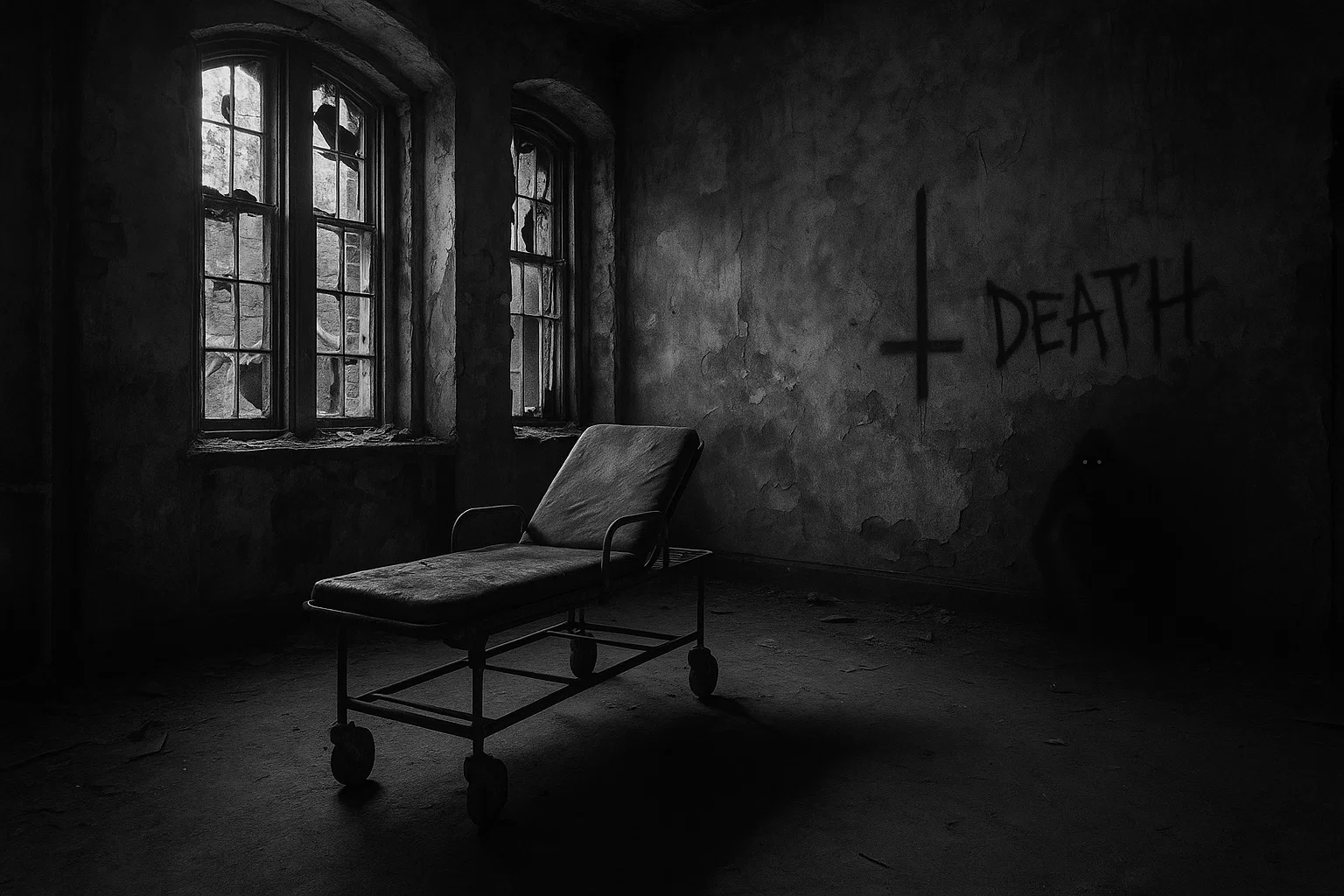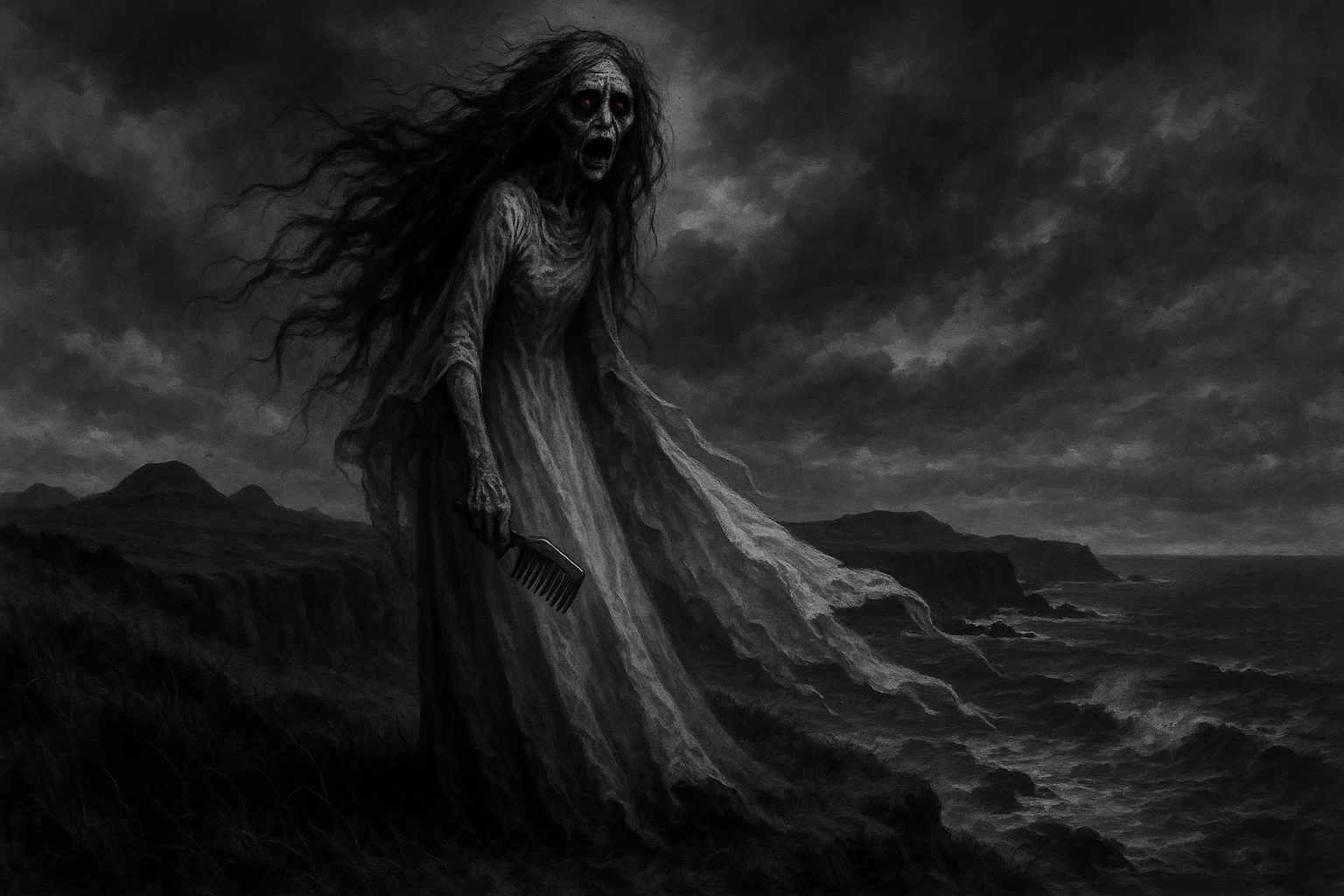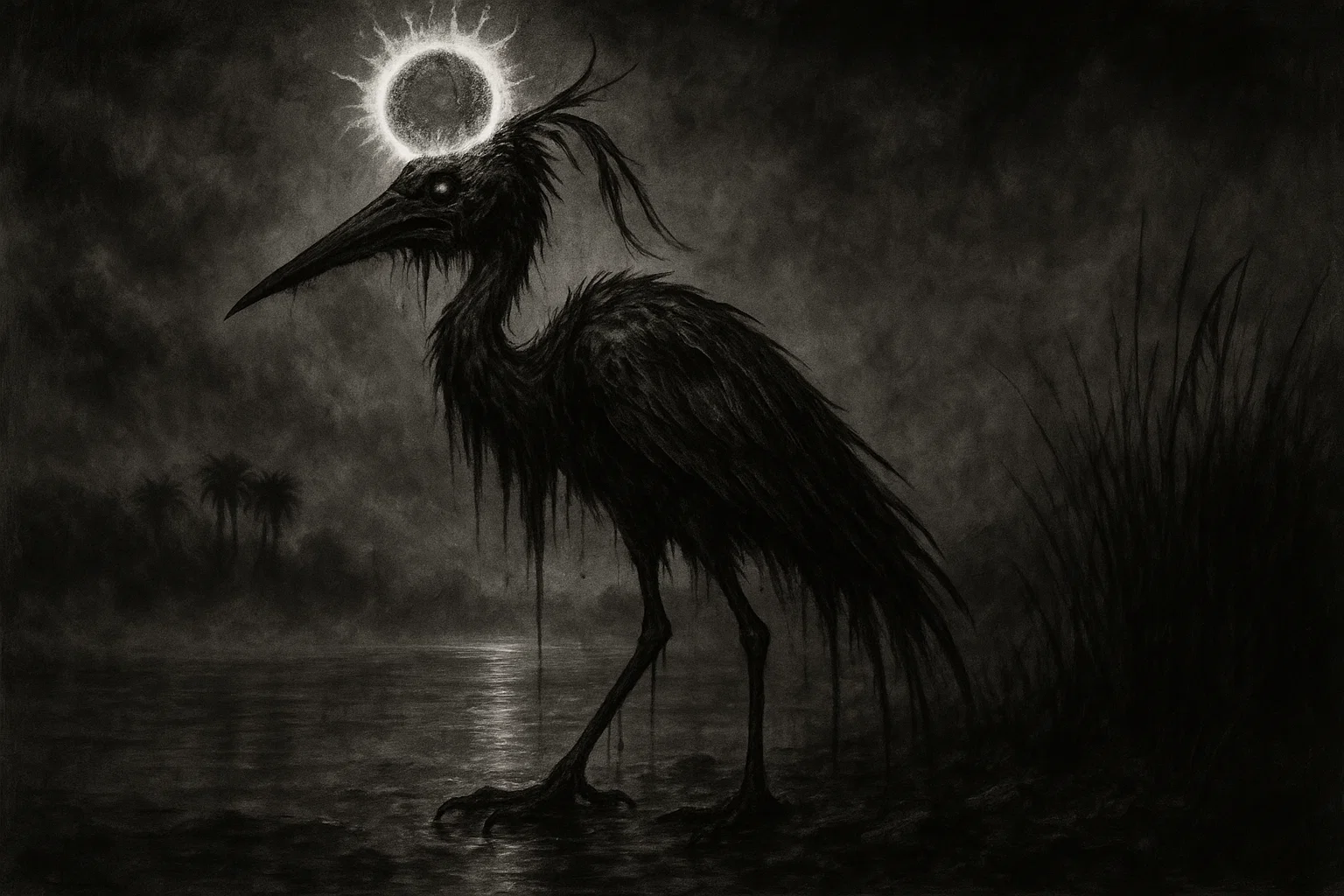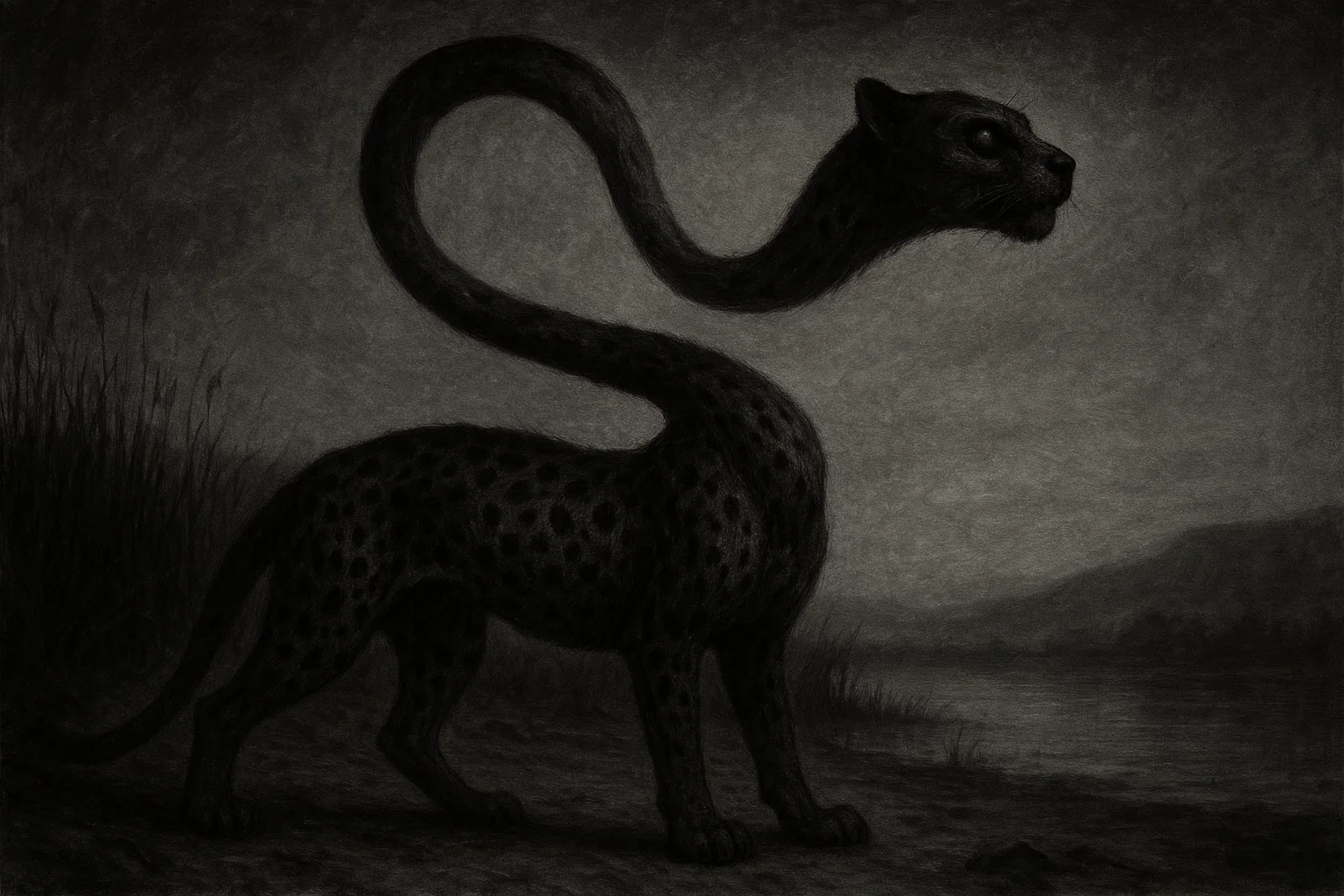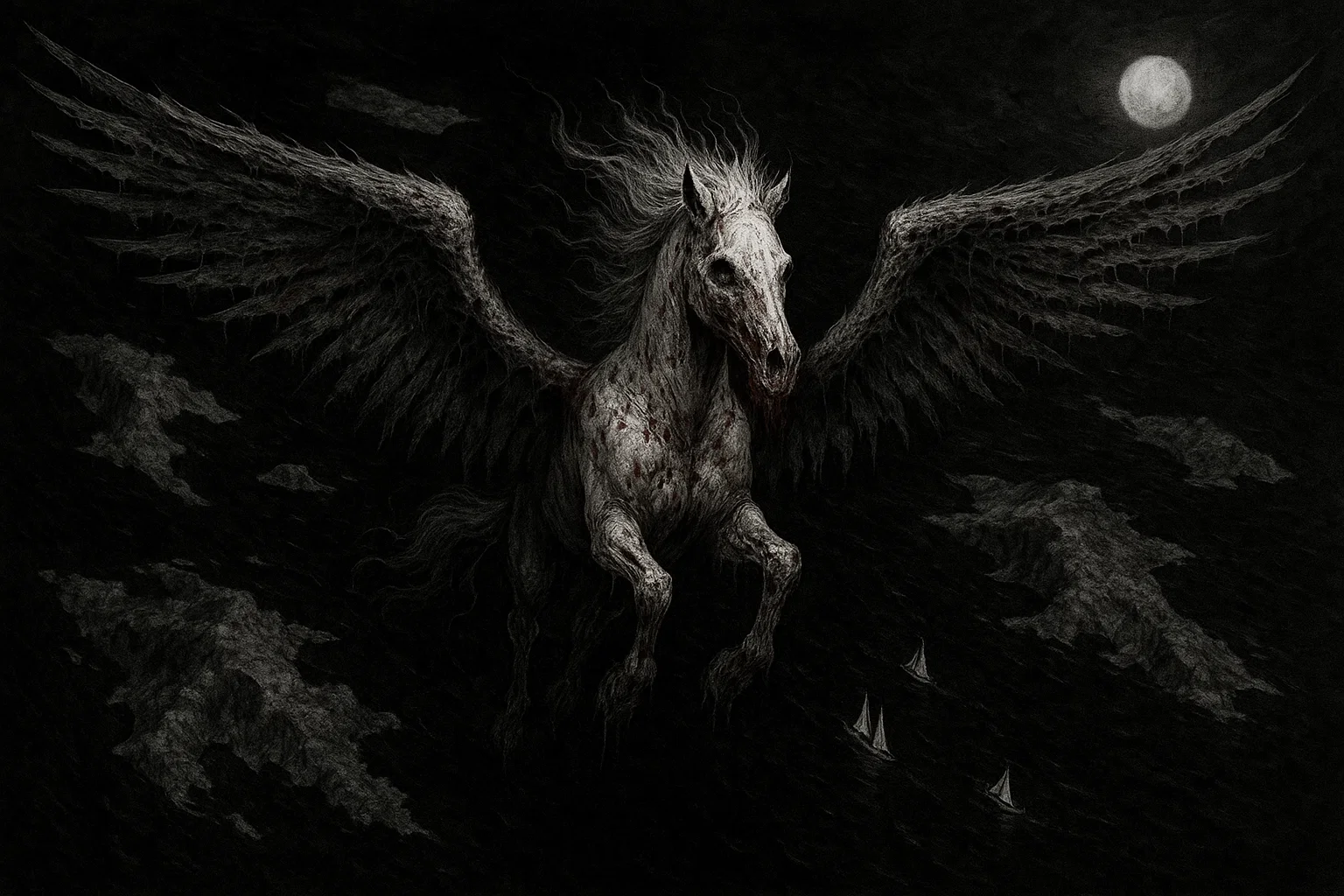The Trans-Allegheny Asylum (originally known as the Trans-Allegheny Lunatic Asylum) was a psychiatric hospital in Weston, West Virginia.
The asylum was constructed between 1858 and 1881. It operated from 1864 to 1994 as a facility for the mentally ill, designed under the Kirkbride Plan to promote humane treatment through fresh air, light, and therapeutic environments.
However, overcrowding, outdated practices, and severe neglect transformed it into a site of profound suffering, with thousands of deaths recorded. Today, it stands as a National Historic Landmark, drawing visitors for its haunting history and reports of paranormal activity, including apparitions and unexplained sounds.
Summary
Key Takeaways
| Attribute | Details |
|---|---|
| Name | Trans-Allegheny Lunatic Asylum (also known as Weston State Hospital and West Virginia Hospital for the Insane) |
| Location | 71 Asylum Drive, Weston, West Virginia 26452, United States |
| History | Opened in 1864 amid Civil War raids that delayed construction and looted supplies; peaked at over 2,400 patients in the 1950s despite design for 250; closed in 1994 due to unlivable conditions, overcrowding, and abuse; site of the West Virginia Lobotomy Project in the 1950s, where over 770 transorbital lobotomies were performed; numerous deaths from neglect, tuberculosis, and experimental treatments like electroshock therapy and insulin coma therapy. |
| Type of haunting | Intelligent, Apparitions, Ghosts (General), Poltergeist |
| Entities | Lily (young girl who died of pneumonia at age 9); Dean (patient beaten to death); Big Jim (hulking male patient); Ruth (female patient); Elizabeth (nurse); Slewfoot (murderer ghost); Civil War soldiers; various former patients and staff. |
| Manifestations | Apparitions of patients and children; disembodied laughter and screams; objects moving or being thrown; cold spots and sudden temperature drops; EVPs and voices on spirit boxes; orbs and shadowy figures; doors slamming; tugging on clothing; balls rolling unaided; unexplained scratches and nausea. |
| First reported sighting | 1940s: Staff reports of squeaky wheelchair wheels in empty halls and apparitions during operations. |
| Recent activity | June 2024: Security footage captured an unexplained shadowy figure moving through a hallway at night, with no personnel present. |
| Open to the public? | Yes; offers daytime historic tours, nighttime paranormal tours, overnight ghost hunts, and seasonal events like flashlight tours and the Asylum Ball; reservations recommended via the official website. |
What Is the Trans-Allegheny Asylum Haunting?
The Trans-Allegheny Asylum haunting refers to a collection of reported paranormal phenomena tied to the site’s grim legacy as a psychiatric institution.
Built to embody progressive ideals of mental health care, the asylum instead became a repository of trauma, where overcrowding led to rampant disease, abuse, and experimental procedures that left indelible scars on its residents.
These events—from Civil War disruptions to mid-20th-century lobotomies—are believed by many to have imprinted restless energies on the building, manifesting as intelligent interactions with the living.
Witnesses describe encounters suggesting the presence of aware entities—former patients and staff—who respond to provocation, often through auditory cues (whispers or cries echoing from vacant wards).
Visual phenomena include translucent figures in period attire gliding through corridors. At the same time, poltergeist-like activity involves physical disruptions, such as furniture shifting or personal items vanishing.
The Trans-Allegheny Asylum’s vast, decaying structure amplifies these reports, with hotspots in patient rooms, isolation cells, and the on-site cemetery, which holds over 2,000 unmarked graves.
Investigations by paranormal teams have captured electronic voice phenomena (EVPs) pleading for release or recounting daily torments, fueling beliefs that the site’s unresolved anguish persists beyond death.
While skeptics attribute experiences to suggestion and environmental factors, the consistency of accounts across decades underscores the haunting’s enduring allure.
You May Also Like: 15 True Ghost Stories You Shouldn’t Read Alone After Midnight
Trans-Allegheny Asylum Haunted History
The Trans-Allegheny Asylum’s history is a chronicle of noble intentions eroded by systemic failures, marked by tragedies that seem to echo in its shadowed halls.
Construction began in 1858 under the Kirkbride Plan. The philosophy, advocated by psychiatrist Thomas Story Kirkbride, emphasized moral treatment through spacious wards, natural light, and occupational therapy to promote recovery.
The project was funded by the Virginia General Assembly and aimed to create a serene haven on 666 acres along the West Fork River, far from urban chaos. Yet, the American Civil War shattered these plans. Union forces raided the half-built site multiple times between 1861 and 1864, stealing lumber, tools, and supplies intended for patients.
One notorious incident involved soldiers using the unfinished roof as a campsite, leaving graffiti and destruction that delayed completion until 1881.
The asylum opened in 1864 as the West Virginia Hospital for the Insane, shortly after West Virginia’s statehood. Initially admitting just a handful of patients—starting with a housekeeper fleeing domestic violence—it quickly swelled beyond capacity.
By 1880, 717 individuals occupied spaces meant for 250, leading to shared rooms, inadequate sanitation, and rampant tuberculosis outbreaks. Patients, often committed for vague reasons like “moral insanity” or laziness, endured isolation in seclusion cells—tiny, lightless rooms where restraints and beatings were common.
Fires broke out sporadically due to faulty wiring and unattended candles, claiming lives in the overcrowded wards. One fire in the early 1900s trapped dozens, with screams piercing the night as staff struggled to evacuate.
The 20th century brought darker innovations. Renamed Weston State Hospital in 1913, it became a dumping ground for the indigent, epileptics, alcoholics, and criminals feigning insanity to avoid prison.
Overcrowding peaked at 2,600 patients in the 1950s, forcing some to sleep in hallways or bathtubs. Neglect festered: moldy walls, freezing winters without heat, and meals of spoiled food bred dysentery and pneumonia.
This horror was further amplified by experimental treatments. For example, hydrotherapy involved immersion in ice-cold baths for hours, while electroshock therapy—unregulated and frequent—induced seizures without anesthesia.
The Trans-Allegheny Asylum hosted the West Virginia Lobotomy Project from 1951 to 1953, led by Dr. Walter Freeman. During this time, he performed over 770 transorbital lobotomies using an ice pick-like tool inserted through the eye socket. Many patients ended up vegetative or died from hemorrhages, their personalities erased in bids to “cure” overcrowding.
Violence scarred the institution. Patients like “Dean,” beaten to death by fellow inmates with a bedframe in the 1940s, and “Slewfoot,” a murderer slashed in a bathroom brawl, met grisly ends. Female nurses faced assaults, and staff turnover was extremely high due to reports of hauntings, even while the asylum was still operational.
A 1938 survey by medical organizations decried the facility as a “custodial warehouse” for the non-educable and defective, with death rates soaring from untreated illnesses. Over 2,000 bodies were buried in the on-site cemetery, graves unmarked and repurposed over time, erasing these people’s identities forever.
By the 1980s, exposés revealed lobotomized veterans wandering aimlessly and children institutionalized for minor behavioral issues. A 1992 Charleston Gazette investigation detailed unlivable filth—peeling wallpaper, rodent infestations, and abuse—that prompted closure in 1994.
Abandoned for over a decade, the asylum decayed further, its 242,000-square-foot Kirkbride building—one of North America’s largest hand-cut stone structures—suffering vandalism and collapse.
In 2007, the Trans-Allegheny Asylum was sold at auction for $1.5 million. It was later reopened as a historic site, its restoration funded by tours that confront this legacy.
Yet, the weight of suicides, murders, and medical atrocities lingers, suggesting why visitors feel watched: the asylum was less a place of healing than a graveyard of shattered lives, where suffering may refuse to fade.
You May Also Like: What to Do If Your House Is Haunted: 11 Steps to Take Back Control
Trans-Allegheny Asylum Ghost Sightings
| Date | Location | Witnesses | Description | Evidence Captured |
|---|---|---|---|---|
| 1940s | Patient Ward Hallway | Asylum Staff | Squeaky wheelchair wheels heard rolling in empty corridors at night; apparitions of patients in restraints seen pushing invisible carts. | None documented; verbal reports led to staff resignations. |
| 1980s | Fourth-Floor Children’s Ward | Nurses and Patients | Disembodied children’s laughter and balls rolling across floors; cold spots and tugging on clothing reported during night shifts. | Anecdotal; early EVP attempts by staff captured faint giggles. |
| October 2009 | Main Kirkbride Building | Ghost Adventures Team (Zak Bagans et al.) | Shadowy figures and aggressive poltergeist activity; doors slamming and objects thrown during overnight lockdown. | Video footage of orbs; multiple EVPs saying “help me” and “get out.” |
| 2016 | Isolation Cells | Paranormal Lockdown Investigators (Nick Groff and Katrina Weidman) | Full-bodied apparitions of nurses; scratches on investigators and sudden nausea; entity known as “The Creeper” lurking in shadows. | Audio recordings of growls; thermal imaging showing unexplained heat anomalies. |
| June 2024 | Security Hallway | Asylum Security Cameras | Shadowy humanoid figure gliding across frame in predawn hours; no motion from known sources. | Grainy video footage reviewed by staff; no audio but synchronized with temperature drop alert. |
Staff Reports of Wheelchair Apparitions (1940s)
During the Trans-Allegheny Asylum’s operational years in the 1940s, staff members frequently documented eerie auditory phenomena that disrupted the already tense environment of patient care.
Nurses on night shifts in the main wards described hearing the distinctive squeak of wheelchair wheels echoing down otherwise silent tiled hallways. These sounds would approach from distant corridors, growing louder as if drawn by the presence of the living, only to fade abruptly without visual confirmation.
One report from 1942 detailed how one of the nurses quit after an apparition—a translucent man in a patient’s gown—materialized briefly at the hall’s end, gripping the armrests of an unseen chair before vanishing.
These incidents overlapped with peak overcrowding, when understaffed shifts left wards dimly lit and vulnerable. Witnesses noted the wheels’ rhythm mimicking the labored gait of tuberculosis patients, many of whom perished from the disease due to poor ventilation.
The phenomena intensified during winter, when cold drafts amplified echoes, leading some to speculate that residual energy from daily routines replayed eternally.
Though there were no formal investigations due to wartime shortages, logbooks preserved these accounts, attributing them to “restless souls denied mobility in life.”
The reports contributed to high turnover, with several employees claiming physical chills or whispers urging them to “push harder,” evoking the exhaustion of transporting the infirm.
Children’s Laughter in the Wards (1980s)
As the asylum struggled with deinstitutionalization pressures in the 1980s, reports from the fourth-floor children’s ward painted a strange picture of innocence trapped in a place of decay.
Nurses caring for young patients—often committed for behavioral issues or born to institutionalized mothers—recounted bursts of laughter piercing the quiet after lights-out. These giggles, high-pitched and playful, would cascade through the air vents, accompanied by the soft thump of balls rolling across linoleum floors devoid of toys.
The ward housed children like “Lily” (believed to have lived and died there from pneumonia, her short life confined to sterile playrooms).
One 1986 incident involved a nurse feeling a small hand tug her uniform sleeve while administering medication, followed by a child’s voice whispering, “play with me.”
Witnesses described cold spots materializing near cribs, where temperatures plummeted 20 degrees, and orbs flickering in Polaroid snapshots taken during rounds. Patients, already fragile, reacted with agitation, claiming to see shadowy playmates darting between beds.
These manifestations aligned with broader neglect: underfunded therapy sessions left children isolated, their unfulfilled needs perhaps fueling intelligent responses to adult intruders.
A 1987 staff memo noted increased activity during full moons, with balls inexplicably bouncing against walls, suggesting poltergeist energy tied to unresolved trauma. Though dismissed by administrators as mass hysteria, the laughter’s clarity—distinct from adult moans elsewhere—evoked a heartbreaking echo of stolen childhoods.
You May Also Like: What Is Ectoplasm and Why Did People Think It Proved Ghosts Were Real?
Ghost Adventures Investigation (2009)
In October 2009, the Travel Channel’s Ghost Adventures team conducted an overnight lockdown in the asylum’s Kirkbride building, capturing some of the most aggressive paranormal evidence to date.
Host Zak Bagans and investigators Nick Groff and Aaron Goodwin, equipped with spirit boxes and thermal cameras, targeted the forensic wing and patient dorms, where historical violence peaked.
Within hours, doors slammed shut unaided, trapping team members briefly, while objects—a chair and medical tray—levitated and hurled toward them. Shadowy figures, tall and humanoid, darted across night-vision footage, accompanied by guttural growls captured on audio recorders.
Provocation sessions yielded intelligent responses: a spirit box spat “murderer” in a raspy tone, aligning with Slewfoot’s lore, and EVPs pleaded “let me out” from isolation cells.
Bagans reported physical contact—scratches raking his arm—while temperature probes registered sudden 30-degree drops, manifesting as visible breath in humid air.
The team encountered Big Jim’s apparition—a massive shadow blocking a doorway. Over eight hours, 14 EVPs, and orb clusters were documented, with video anomalies showing apparitions in 19th-century attire.
Interestingly, investigators later described an oppressive energy that followed them home, manifesting as nightmares. This probe highlighted the haunting’s interactivity, where historical rage confronts the curious.
Paranormal Lockdown (2016)
The 2016 episode of Destination America’s Paranormal Lockdown featured investigators Nick Groff and Katrina Weidman enduring a 72-hour investigation inside the Trans-Allegheny Asylum.
Focusing on the geriatric ward and electroshock rooms, they documented full-bodied apparitions of nurses in starched uniforms, gliding through walls as if on rounds.
Weidman experienced sudden nausea and vertigo near a lobotomy table, followed by red welts resembling restraint marks on her wrists—physical imprints absent before entry. Groff captured a low, crawling shadow dubbed “The Creeper” on thermal imaging, slinking along baseboards before lunging, accompanied by rasping breaths and EVPs snarling “mine.”
In the children’s area, balls rolled uphill, and Lily’s laughter intertwined with adult screams from adjacent cells, suggesting layered entities. A spirit box session elicited Ruth’s voice—a former patient—who recounted, “cold… so cold” amid documented 40-degree plunges.
Over three days, 22 audio clips and anomalies were logged, with investigators noting heightened aggression at dawn, mirroring historical patient unrest.
Security Footage Anomaly (2024)
In June 2024, the security footage from the main hallway showed a strange anomaly that reignited public fascination. At 3:17 a.m., with no scheduled tours or staff present, cameras captured a tall, indistinct, shadowy figure emerging from a patient room, gliding fluidly across the frame before dissolving into a wall.
The movement triggered no doors or footsteps, yet synced with an automated temperature alert dropping to 45 degrees Fahrenheit in the vicinity.
Reviewed by on-site personnel, the clip showed no infrared signatures or drafts explainable by HVAC faults.
You May Also Like: Likho: The One-Eyed Crone Who Brings Death and Bad Luck
Theories
The Trans-Allegheny Asylum’s reported hauntings have sparked diverse explanations, ranging from supernatural persistence to psychological and environmental factors. Proponents of the paranormal view the site as a nexus of trapped souls, while skeptics emphasize human suggestibility and structural decay.
Residual Energy Imprints
One popular idea about why Trans-Allegheny Asylum seems haunted is that the strong emotions left behind—like fear, pain, and loneliness—leave lasting impressions on the environment. Almost like recordings that repeat themselves.
According to this theory, sounds like squeaky wheelchairs or children’s laughter are just echoes of past lives, triggered by things happening around us, such as footsteps or dim lighting.
Supporters of this idea, like the teams from Ghost Hunters, believe that the way old buildings are made, along with strange electrical fields from outdated wiring, can enhance these “recorded” experiences, which store memories of past trauma like a natural tape recorder.
Intelligent Spirits
Believers in conscious entities propose that former patients and staff, bound by unfinished business, actively engage the living through intelligent hauntings. This theory frames Lily’s playful tugs and Slewfoot’s aggression as deliberate communications, evidenced by EVPs responding to questions and by objects moving in response to provocation.
Paranormal investigators cite the asylum’s violent deaths—lobotomies, beatings—as anchors preventing souls’ departure, with hotspots like isolation cells serving as portals.
The 2009 Ghost Adventures lockdown, with targeted responses, may support this idea, implying awareness and intent.
Environmental and Structural Causes
A scientific lens attributes phenomena to the building’s physical attributes, including carbon monoxide leaks from aging pipes that cause nausea and hallucinations, or electromagnetic anomalies from buried utilities that mimic EVPs.
The Trans-Allegheny Asylum’s vast, labyrinthine layout can lead to disorientation, amplifying natural creaks into slams. At the same time, dust motes in flashlights appear as orbs.
Historians note how lead paint and asbestos exposure historically impaired staff cognition, potentially seeding early legends.
You May Also Like: 10 Scary Campfire Stories That’ll Keep Everyone Awake All Night
Trans-Allegheny Asylum vs Other Haunted Locations
| Location | Description | Key Hauntings | Public Access |
|---|---|---|---|
| Pennhurst Asylum (Spring City, PA) | Former institution for the intellectually disabled (1908–1987), notorious for abuse and overcrowding. | Apparitions of children; screams and banging; poltergeist activity in dorms. | Yes; haunted house tours and overnight investigations. |
| Waverly Hills Sanatorium (Louisville, KY) | Tuberculosis hospital (1926–1961) with thousands of deaths; body chute tunnel infamous. | Shadow people in Room 502; EVPs of coughing; full-bodied apparitions. | Yes; historic and paranormal tours year-round. |
| Athens Lunatic Asylum (Athens, OH) | Psychiatric facility (1874–1993) linked to lobotomies and patient suicides. | Orbs and mists; ghostly nurses; unexplained footsteps in towers. | Limited; university-owned, guided tours available. |
| Rolling Hills Asylum (East Bethany, NY) | Poorhouse turned asylum (1827–1974) with unmarked graves and orphan hauntings. | Interactive spirits via Ouija; cold spots; objects levitating. | Yes; ghost hunts and daytime exhibits. |
| Pilgrim Psychiatric Center (Brentwood, NY) | State hospital (1931–2005) site of early lobotomies and electroshock experiments. | Whispers in empty halls; shadowy figures; radio interference. | No; partially demolished, trespassing prohibited. |
| Danvers State Hospital (Danvers, MA) | Kirkbride-style asylum (1878–1992) inspiring films like Session 9. | Demonic growls; apparitions in tunnels; slamming doors. | No; redeveloped into apartments, grounds accessible. |
| Weston State Hospital (Madison, WI) | Insane asylum (1876–1980s) with isolation wards and high suicide rates. | Children’s cries; poltergeist in attics; EVPs of pleas. | Limited; historic site with seasonal tours. |
| Hudson River State Hospital (Poughkeepsie, NY) | Victorian-era asylum (1871–2003) known for music therapy turned neglect. | Phantom orchestras; ghostly patients dancing; orbs in photos. | Yes; guided ruins tours and events. |
| Blythewood Plantation(Hammond, LA) | Former sanatorium (early 1900s) tied to Southern Gothic hauntings. | Wraiths in gardens; blood-like stains reappearing; whispers. | Yes; bed-and-breakfast with ghost hunts. |
| St. Augustine Lighthouse (St. Augustine, FL) | Not asylum but similar tragic history with keeper suicides. | Apparitions of children; tools moving; cold breezes indoors. | Yes; daily tours and overnight stays. |
| Eastern State Penitentiary (Philadelphia, PA) | Prison (1829–1970) with solitary confinement akin to asylum isolation. | Shadow figures in cells; laughter from empty yards; EVPs. | Yes; historic tours and Halloween events. |
You May Also Like: Balam: The Three-Headed King of Hell’s Secrets
Is Trans-Allegheny Asylum Haunting Real?
The Trans-Allegheny Asylum’s haunting remains a compelling enigma, woven from verifiable historical atrocities and a tapestry of eyewitness accounts spanning decades.
The site’s transformation from a beacon of reform to a chamber of unchecked suffering—evidenced by overcrowding records, lobotomy logs, and exposés—provides fertile ground for paranormal claims, with consistent reports of apparitions and interactions suggesting something beyond coincidence.
Ultimately, whether spirits roam its corridors or shadows play tricks on the mind, the asylum endures as a creepy monument to mental health’s dark chapters.

